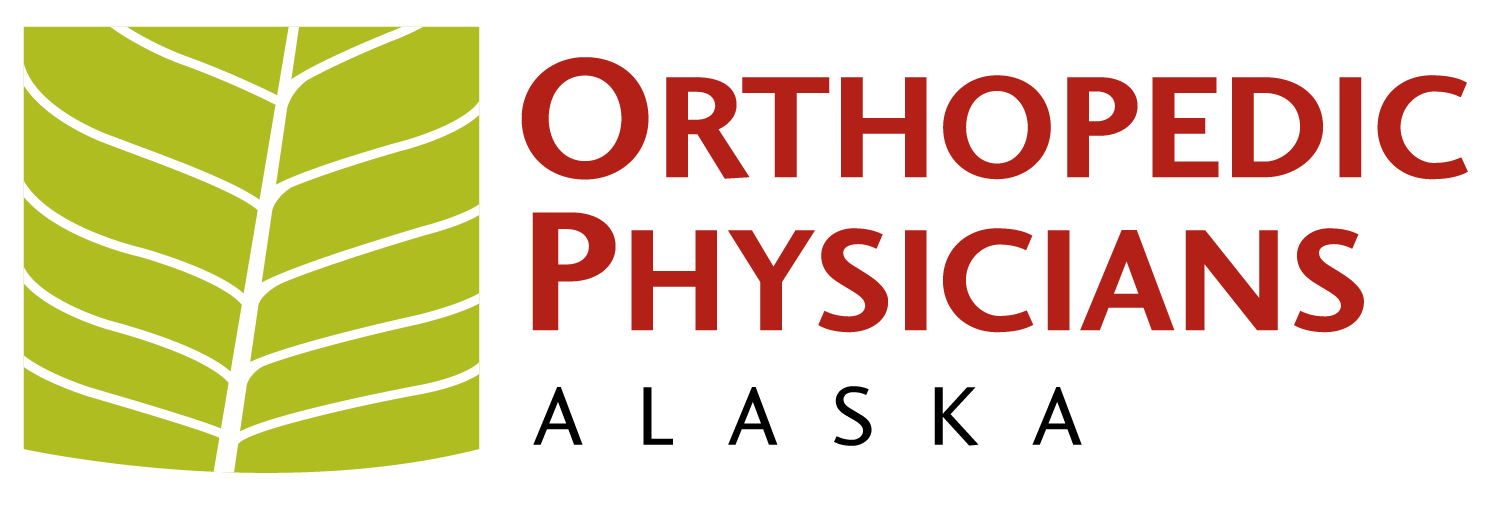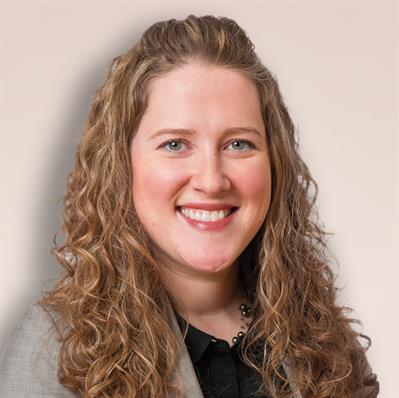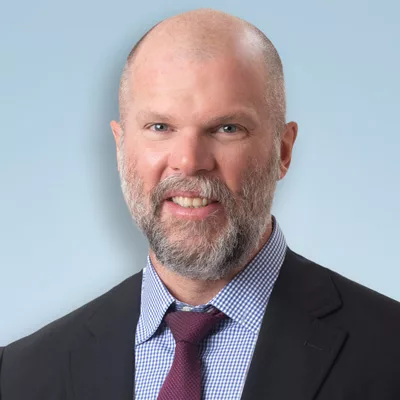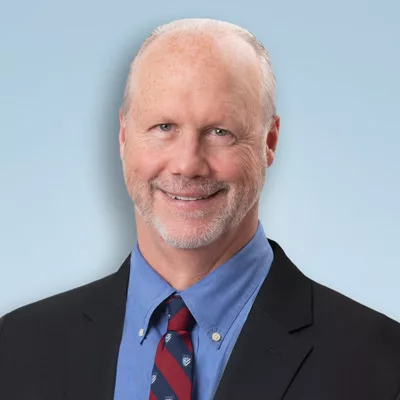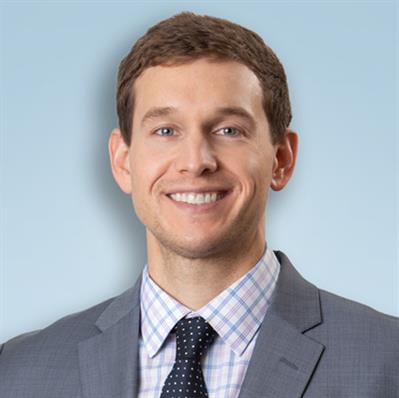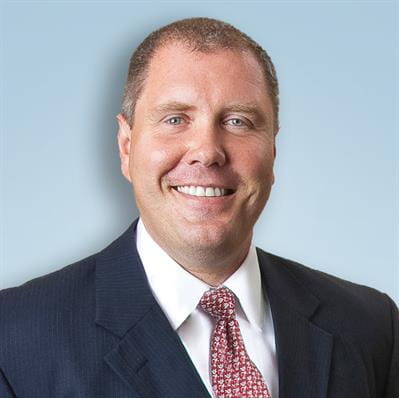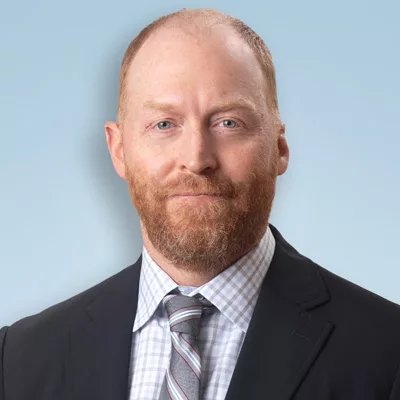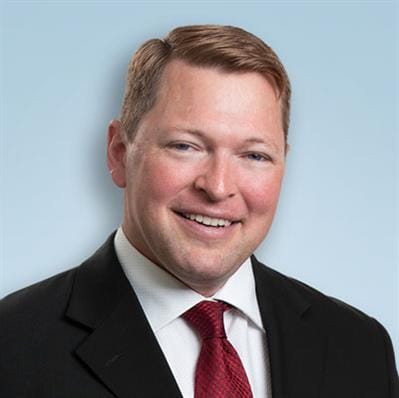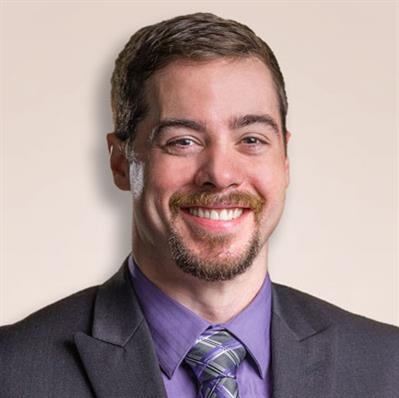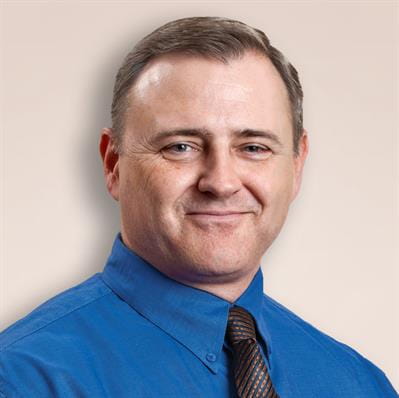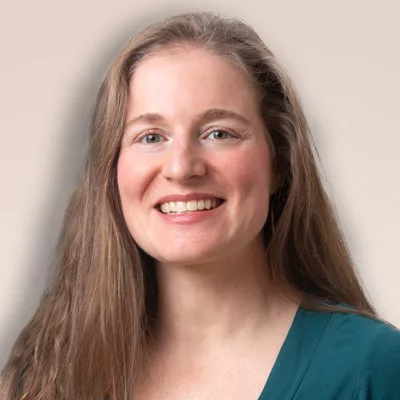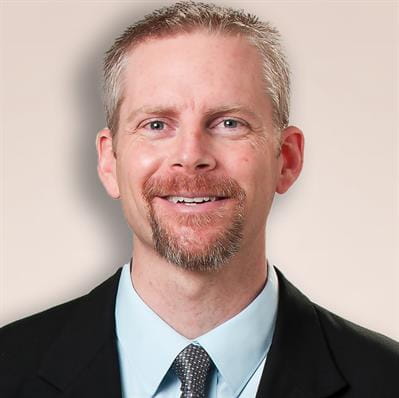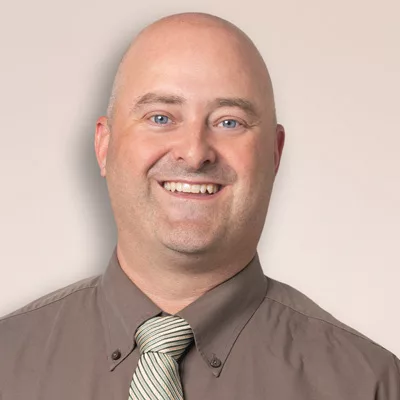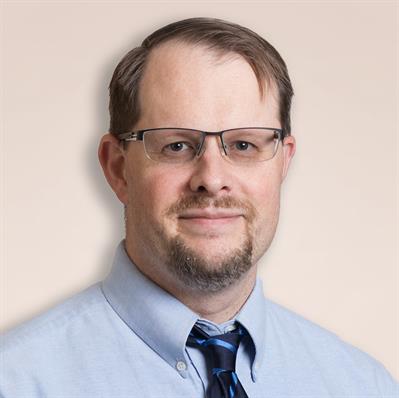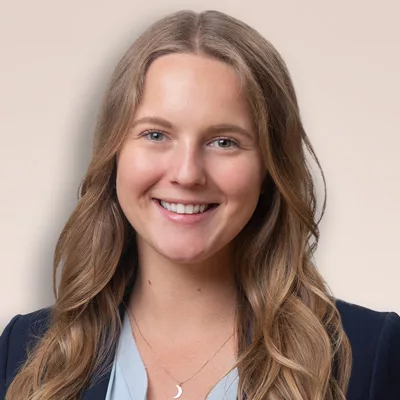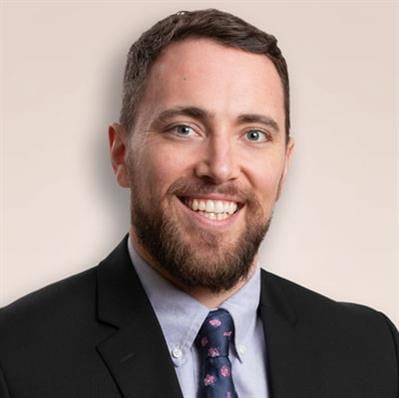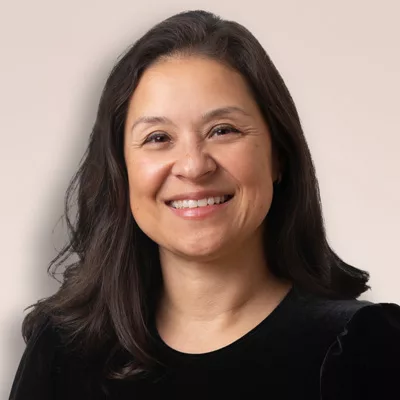Back | Neck | Spine
Common Neck & Spine Conditions
Conditions involving the spine and neck range from extremely painful and debilitating to a chronic or nagging pain that over time can impact your mobility and quality of life. There are many causes of back and neck pain. Click the plus signs to learn more about each of the common conditions listed to the right.
Common Treatment Options
There are several surgical and non-surgical treatment options to help patients recover from injury or increase mobility and quality of life. These may
include one or more of the following:
Physical Therapy
Home Exercise
Medication
Traction
Lifestyle Modification
Lower Back Sprain
Back Pain
Sciatica
Herniated Disc
Spinal Stenosis
Myelopathy
Kyphosis
OPA Back | Neck | Spine Team
For those suffering chronic back or neck pain due to a spinal condition, the comprehensive spine team at OPA utilizes the expertise Board Certified Orthopedic Spine Surgeons to treat spinal conditions. Our patient centered approach ensures that each patient’s care plan is based on their lifestyle, activities and goals. All the OPA physicians collaborate, sharing their respective expertise on complex cases and actively explore, train in and evaluate new techniques that are continually being developed around the world.
Our Back | Neck | Spine Providers
More Spine Conditions
Facet Joint Syndrome
The facet joints are joints between adjacent vertebrae that are responsible for movement. Facet joint syndrome, or facet joint osteoarthritis, occurs when facet joint cartilage becomes worn and torn with age or injury.
Spondylosis
Neck Sprain
The seven bones of the spinal column in your neck (cervical vertebrae) are connected to each other by ligaments and muscles–strong bands of tissue that act like thick rubber bands. A sprain (stretch) or tear can occur in one or more of these soft tissues when a sudden movement causes the neck to bend to an extreme position.
Neck Pain
The cervical spine, which refers to the bones of the neck, are very responsive, but they can also be more vulnerable to damage, disorders, and other concerns that can cause pain and limit movement. In most cases, neck pain is a temporary issue that will subside over time. However, more serious issues require evaluation and treatment to alleviate the symptoms.
Scoliosis
Scoliosis is a disorder that causes an abnormal curve of the spine, or backbone. The spine has normal curves when looking from the side, but it should appear straight when looking from the front.
Degenerative Disc Disease
Degenerative disc disease occurs when the cushioning discs undergo changes as a result of an injury, disorder, or the natural process of aging. This condition can affect the spine at any location; however, the neck and lower back are the most commonly involved areas.
Radiculopathy
Commonly called a pinched nerve, radiculopathy refers to any disorder or disease that affects the nerve roots of the spine. The pinched nerve can occur at different areas along the spine (cervical, thoracic or lumbar).
Sacroiliitis
The sacroiliac (SI) joints are shock-absorbing, weight-bearing joints that connect the spine to the pelvis. Sacroiliitis is a condition where the SI joints become irritated and inflamed due to injury, overuse, or aging.
Spinal Compression Fractures
Thirty-three vertebrae perfectly align to form the spine—a bony structure that supports the body and protects the spinal cord. Spinal compression fractures have two common causes:
- A traumatic spine compression fracture occurs when one or more of the vertebrae are broken during an accident or injury.
- Spine compression fractures are tiny fractures that are caused by the bone disease osteoporosis.
Failed Back Surgery Syndrome
Spine surgery is more effective than ever and minimally invasive procedures have allowed spine surgery to be performed with less surgical trauma, less postoperative pain, and a quicker recovery. The overwhelming majority of spine surgeries are very successful.
Failed back surgery syndrome is a term used to describe symptoms that occur after unsuccessful spine surgery.
Spondylolisthesis
Spondylolisthesis is a condition where a vertebra “slips” or becomes displaced and can have varying degrees of severity. This causes the spine to become misaligned and can lead to serious concerns. If left untreated, a neurological impairment may result.
Questions?
The OPA team includes Alaska’s leading specialists and offers some of the latest, most advanced treatment procedures available today.
OPA treats a wide variety of conditions and offers comprehensive treatment options — including many non-surgical solutions, minimally invasive arthroscopies (repairs), and total joint replacement.
